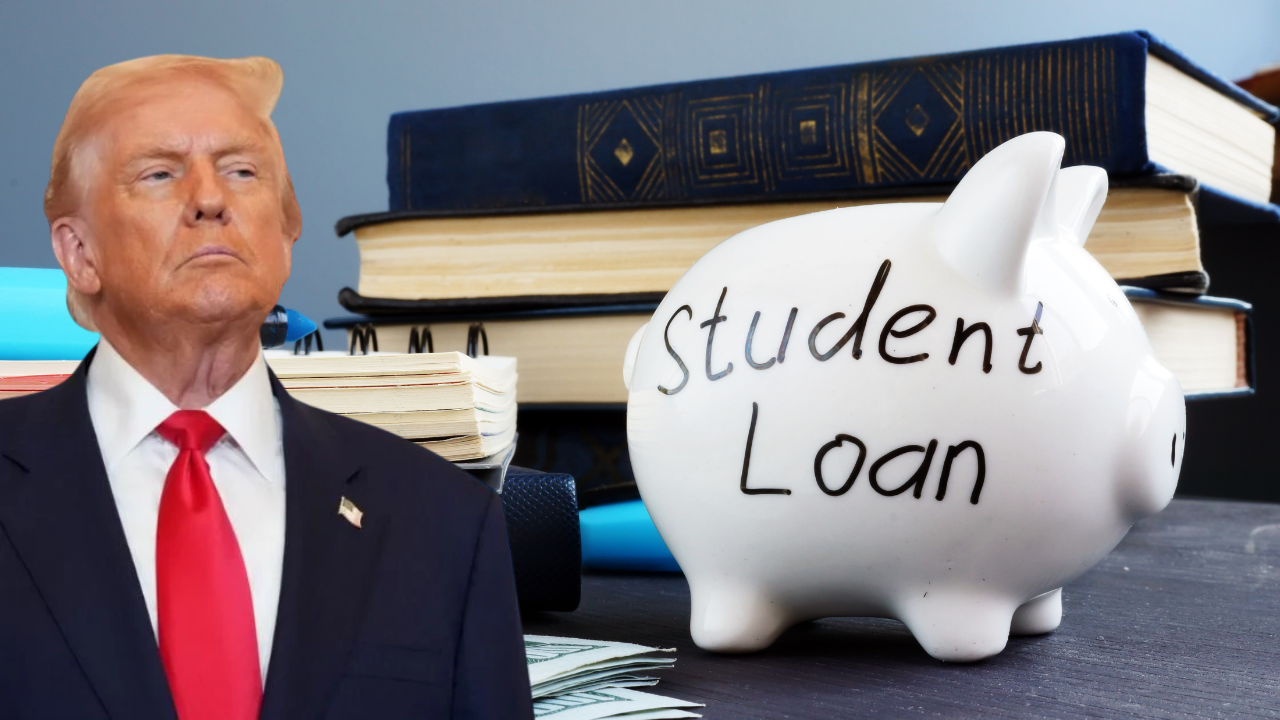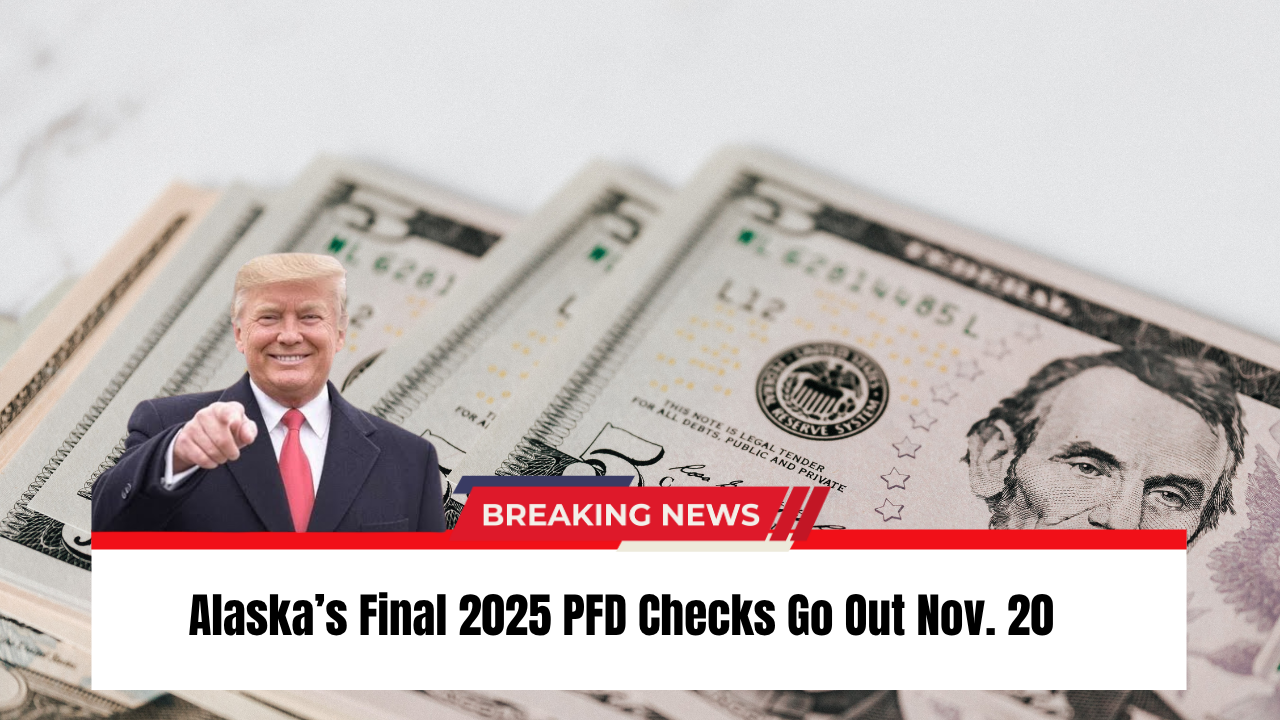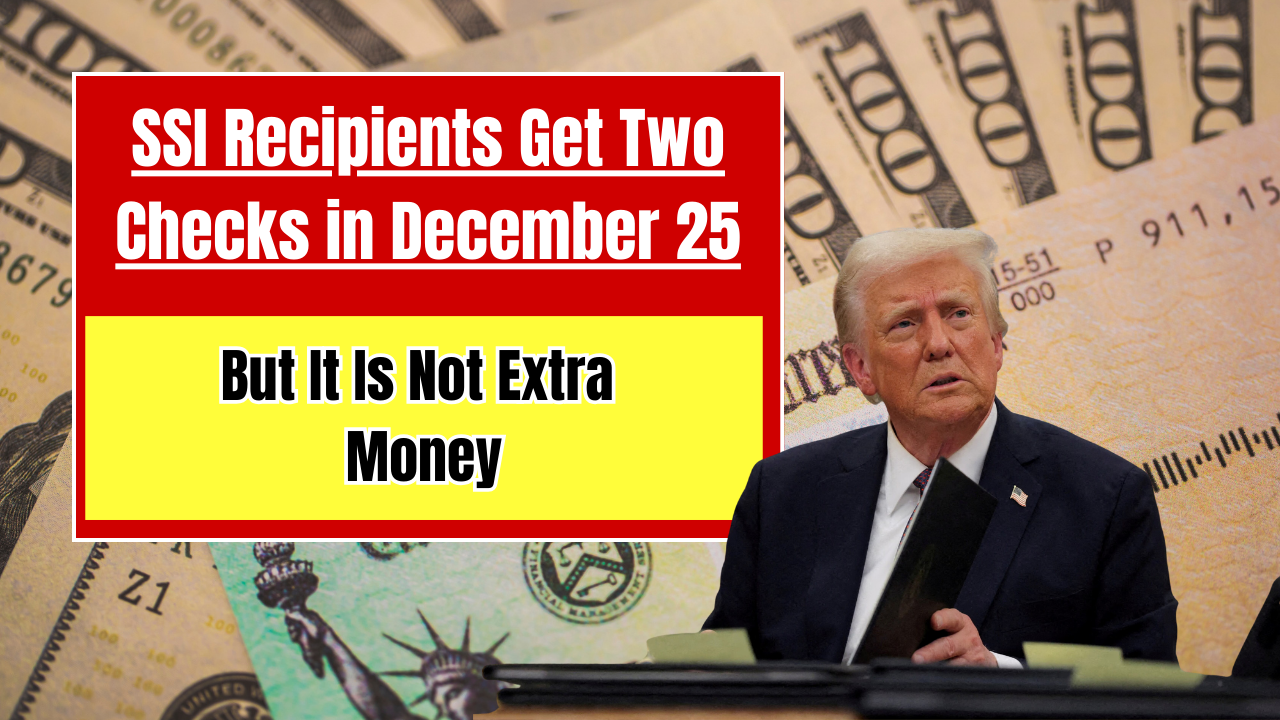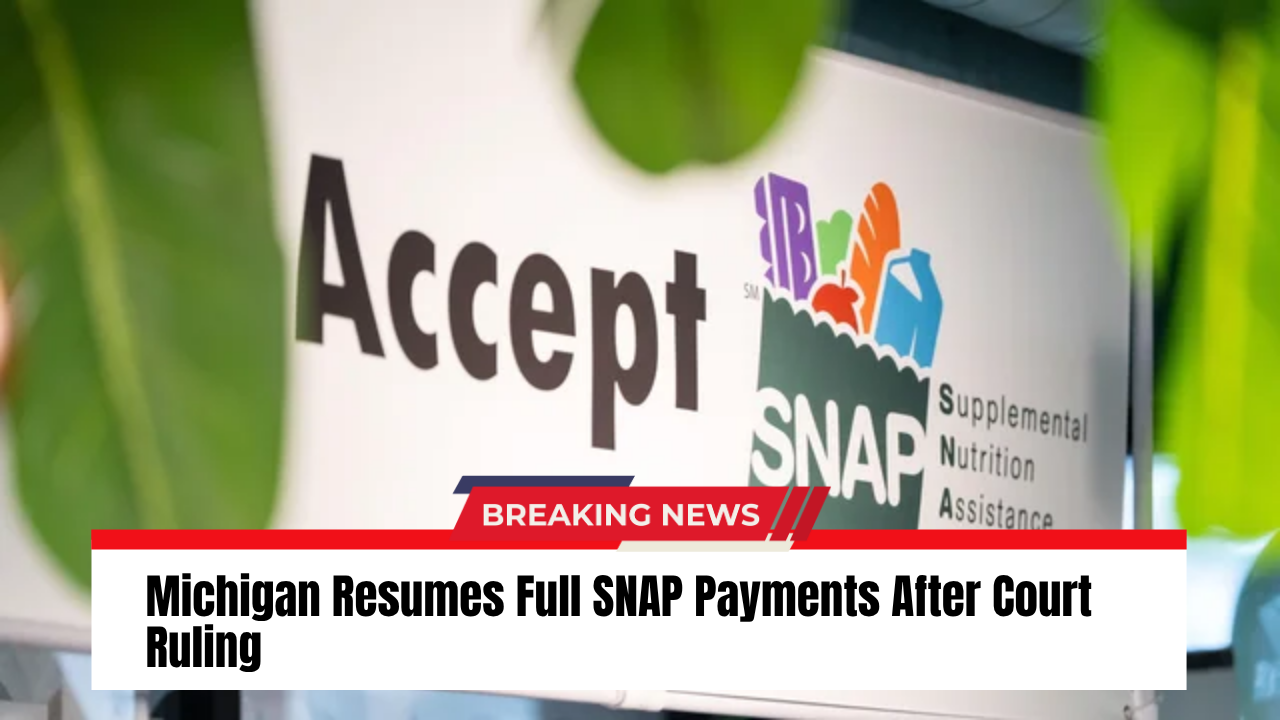Millions of student loan borrowers across the U.S. are finally seeing long-promised relief. The U.S. Department of Education has resumed processing full loan discharges for borrowers enrolled in Income-Based Repayment (IBR) and other income-driven repayment (IDR) programs, bringing long-awaited closure to years of administrative delays.
Relief Finally Arrives
In early November 2025, eligible borrowers began receiving official emails confirming their loan forgiveness approvals. These notices, sent in coordination with federal loan servicers, indicate that qualifying borrowers who’ve completed 20 or 25 years of payments will see their remaining balances wiped out within weeks.
“Your loan servicer will notify you when your IBR discharge has been processed,” the Department’s message reads. “Most borrowers will have their discharge completed within two weeks.”
The renewed wave of forgiveness follows months of delays caused by system updates under the Big Beautiful Bill Act, the administration’s 2025 policy overhaul that modernized income verification and loan servicing protocols.
Why the Rush Now?
The timing is critical. A temporary tax exemption on forgiven student debt—created under the 2021 American Rescue Plan—expires at the end of 2025. After that, forgiven balances could once again be treated as taxable income.
“For many borrowers, getting forgiveness in 2025 instead of 2026 could mean thousands in tax savings,” said Melissa Jacobs, an education policy analyst at the Brookings Institution. “The Department of Education is racing against the calendar.”
Who Qualifies and How Much Is Being Forgiven
Internal estimates show over 350,000 borrowers immediately eligible for forgiveness, with millions more nearing completion. As of mid-2025:
- 8 million borrowers are enrolled in IBR, PAYE, or SAVE-style repayment plans.
- 3.9 million have made 20+ years of payments.
- $42 billion in federal loans could be discharged through these actions.
The Department says borrowers need not apply. If you received an eligibility email, your forgiveness will occur automatically once your loan servicer verifies payment history.
Why Some May Opt Out
Interestingly, borrowers are given the option to decline forgiveness by October 21, 2025. The reason? State taxes.
While the federal tax waiver remains in effect, a few states—such as Mississippi, Indiana, and North Carolina—still treat forgiven loans as taxable income. For borrowers planning to repay soon, opting out could prevent an unexpected state tax bill.
“Opting out might make sense for those in states that tax forgiveness,” said Betsy Mayotte, president of The Institute of Student Loan Advisors. “But for everyone else, this is a once-in-a-lifetime chance.”
How to Confirm Your Eligibility
Borrowers can check their status through two main options:
- Visit studentaid.gov and check the “My Aid” section for forgiveness notifications.
- Contact your servicer (MOHELA, Nelnet, Aidvantage, or EdFinancial) to confirm eligibility and timelines.
If you received the Department’s email, you’re already approved—no further action is needed.
| Step | Action | Deadline |
|---|---|---|
| Check eligibility email | Review message from your servicer | Ongoing |
| Opt out (if desired) | Contact servicer | Oct. 21, 2025 |
| Discharge processed | Loan balance updates to “$0” | Within weeks |
| Receive confirmation | Email or mailed notice | Late 2025 |
Bigger Reforms Ahead
The new forgiveness wave coincides with sweeping student loan reforms under the Big Beautiful Bill Act, including:
- Consolidation of all IDR plans into one simplified structure.
- Automatic income verification through IRS data sharing.
- Shorter forgiveness timelines for low-income public service workers.
Meanwhile, collections on defaulted loans resumed in May 2025 after a five-year pause. Advocacy groups like the American Federation of Teachers continue to pressure the administration to complete all discharges before year’s end.
“Borrowers who’ve done everything right shouldn’t have to wait another year,” said AFT President Randi Weingarten.
What Happens Next
Once forgiveness is processed, your loan balance will show “$0 – Discharged” or “Forgiven.” Servicers will then issue official confirmation notices, followed by account closure letters from the Department of Education.
Borrowers enrolled in auto-debit should wait for final confirmation before canceling payments to avoid disruptions. Anyone without confirmation by December 2025 is encouraged to file an inquiry via StudentAid.gov/feedback.
Frequently Asked Questions
What does the email mean?
You’ve completed enough qualifying payments to have your federal loans forgiven.
Do I need to apply?
No. Forgiveness is automatic unless you opt out.
Will I owe taxes?
Not federally through 2025, but check your state’s tax laws.
When will my balance update?
Within two to six weeks after processing, depending on your servicer.
What if I think I qualify but didn’t get an email?
Log in to studentaid.gov or call your loan servicer to verify your count.



